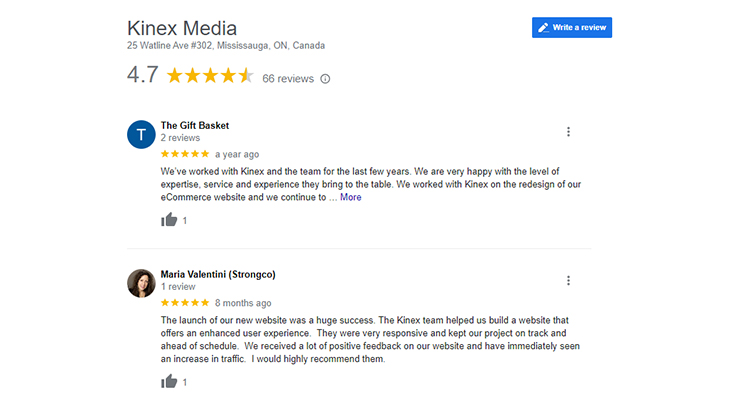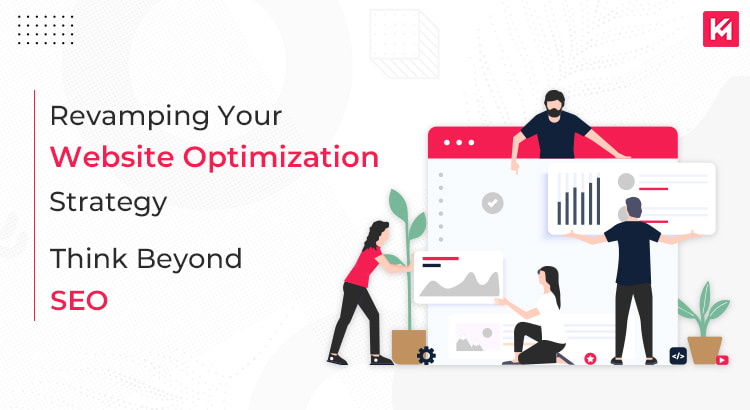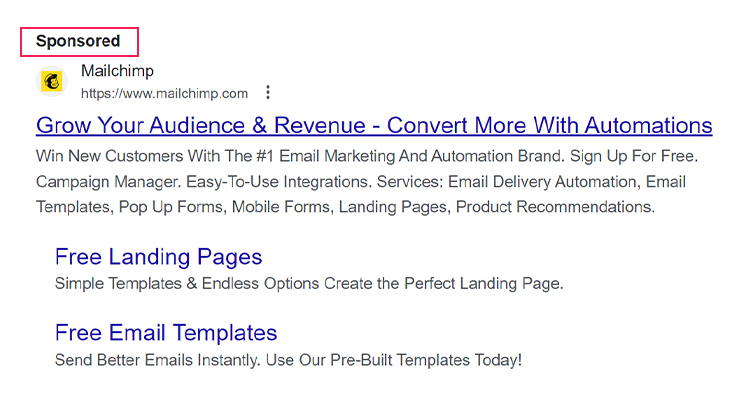SEO is a crucial component in the field of web optimization; there’s no doubt about it! But having a balanced strategy that gives more is always beneficial to have in your arsenal. A balanced web optimization strategy helps to cover the areas which, when leveraged, can help to achieve the goal of the business online.
In this article, we shall learn about the web optimization strategy that is beyond the scope of SEO but holds the same importance. Optimizing your digital marketing efforts with the below discussed strategies will give you an edge over your competitors, which allows your product to feature above them on the SERP.
Let’s begin,
8 Website Optimization Strategy Beyond SEO in 2023
1. User-Generated Content:

Why content marketing is beneficial for websites? But, here we are talking about User-Generated Content. As the name implies, UGC is content that is created by users who are associated with a specific brand that they use. It can be created in the form of images, videos, reviews or even podcasts. They are usually published on social media platforms or other channels by the users.
You might have seen a random video of a user on YouTube unboxing a smartphone purchased from a company. Or an Instagram post by a user praising the product and services of a company that they have bought. This user-made video or a post on Instagram is an example of User generated content. Online business owners can leverage the power of the UGC by including it in social media, Emails, or landing pages. By doing so, you can influence the visitors to visit your website and take the desired action.
- Helps to increase customer engagement rate.
- Costs effective means as compared to influencer marketing.
- Provides social proof to the customer visiting your website.
- Boosts the conversion rate of your website.

There is always gonna be a section of loyal fans of your brand that you can leverage to create UGC content to further your digital marketing strategy.
2. Social responsibility:
It is a commitment by a company to conduct business in an ethical and sustainable way. Social responsibility aims to contribute to the well-being of the society as a whole. By doing so, companies can humanize and develop a positive image of the brand in the mind of their consumers. It is often seen that customers get attracted to brands that care about the environment or humanity in general. It is a common notion that companies that care for society or the environment will provide a better user experience to their customers.
For Example, Shopify is an ecommerce company that helps businesses to create stores online and sell their products. In 2019, they launched a sustainability fund that aims to support renewable energy and carbon sequestration projects.
Another example of a socially responsible company can be one that provides fair compensation, work-life balance or health programs to its employees.
3. Voice and Chatbot integration:
Voice integration: It refers to the incorporation of virtual assistants such as Alexa, Siri or Google Assistant into your website. The aim of integrating the voice feature into any website is to provide a better user experience to the site’s visitors.
- Perform tasks such as searching for information or initiating a purchase without the need for human intervention to type or navigate on the website.
- Provides accessibility to visitors with disability by enabling them to give a voice command to perform a desired task.
Chatbot Integration: It involves the integration of a chatbot which is an An AI-powered computer program that aims to provide quick and authentic information to users. It appears as a pop-up or is situated below the screen.
- Saves the time of customer support by answering some of the commonly asked questions by the users.
- Provides a multilingual chat feature that allows to engage with global audiences and provide customer support in various languages.
Optimizing your website with voice and chat integration improves the user experience. This, in turn, increases the dwell time of the user, which signals to Google that the website is of value and should be ranked.
4. Influencer Marketing:
It is a type of online marketing through which brands collaborate with an influencer related to the same industry. Influencers create content for the associated brand in the form of posts, videos, blogs or product reviews. They integrate the brand message into their content and share it with their followers. Influencers open the door to audiences that are untapped, which gives companies a chance to convert them into paying customers. It is a well-known fact that followers want to look like their idols, and when you rope in an influencer that tries your product or services, they will be more inclined to take action.
- Increases brand awareness and reach.
- Builds credibility and trust among the users.
- Drive the purchase decision of the users.
- Increases sales of your product or services promoted by the influencer.
For Example, A clothing brand can rope in a fashion influencer to promote their products online. Here, the influencer can create a post wearing the clothes of the company. This creates a sense of wanting in the mind of the followers and compels them to try the same.
Or a mobile phone brand can invite a tech influencer to their product launch. Here the influencers get the hands-on experience of the mobile phone being launched. This serves as an experience that the influencer can share with the followers, which can further help the followers to make a decision.
5. Upselling and cross-selling:

Upselling: It is the act of selling a higher version of a product that is being offered to the potential customer. The aim of the upselling is to increase the average transaction value of the potential customers.
For Example, Suppose one of your potential customers is looking to buy a smartphone from your ecommerce website. They have added a mid-range smartphone to their cart. At the product page or the checkout page, you can use the upselling technique to offer them a smartphone that has better features and specifications.
Cross-selling: It is the act of offering products that complement the purchased products by the users. The aim of the cross-selling is to increase the overall purchase value of the customer.
For Example, A user visiting an ecommerce website to buy a laptop gets a suggestion to buy a mouse or a keyword.
While the techniques discussed above do not aim to bring traffic to your website like SEO strategy but it aims to satisfy the end goal of a business, which is to generate high revenue from the clients.
6. Email Marketing:

Email marketing is a marketing channel by which brands can promote their products and services among potential and existing customers. It can help your customers become aware of the latest products or services by your company. You can send the Emails to your prospects or existing customers in the following cases:
- Welcome Email: This type of Email can be used to introduce your brand or provide valuable information to your recently joined customer.
- Newsletter: This type of Email can be used to provide valuable content or industry news to subscribed users. It helps to keep the users informed about the latest happenings in your company and also increases the brand loyalty of the users.
- Promotional Email: This type of mail is often highlighted with discounts, limited-time sales or special promotions to compel users to take action.
- Abandoned cart email: This type of Email is sent as a reminder to the users that have abandoned their cart to make them complete their order.
- Customer’s Feedback Email: This type of Email is sent to seek feedback and gauge the satisfaction levels of the user by which the brand can improve the experience of their customers.
7. Podcasts:
A podcast is a series of episodes that aims to disseminate content in the form of audio or video medium to the audience. It helps brands online to drive traffic to the website and also make your audience aware of your product and services.
- Helps to establish your brand as an authority and thought leader in the industry.
- Allows users to listen and consume the content in a better and quick way.
- Reduces the bounce rate on your website and increases the dwell time of the users.
- Helps to drive traffic and sales of the products or services on your website.
8. PPC:
It is a paid advertisement model using which brands can quickly feature on top of search engine results pages. In Pay Per click Marketing, an advertiser runs the ads on a platform such as Google ads and pays when someone clicks on your sponsored ad. You can unlock the potential of google ad campaigns to drive traffic and sales of your websites.
- Quick visibility.
- Targeted Reach.
- Cost Control.
- Measurable results.
- Multiple ad formats.
Final Words!!
At last, having a balanced web optimization approach can help businesses outrank their competitors and rank higher on the SERP. Exploring the above 8 avenues alongside SEO will give you a competitive edge and ensure an effective web optimization strategy.


